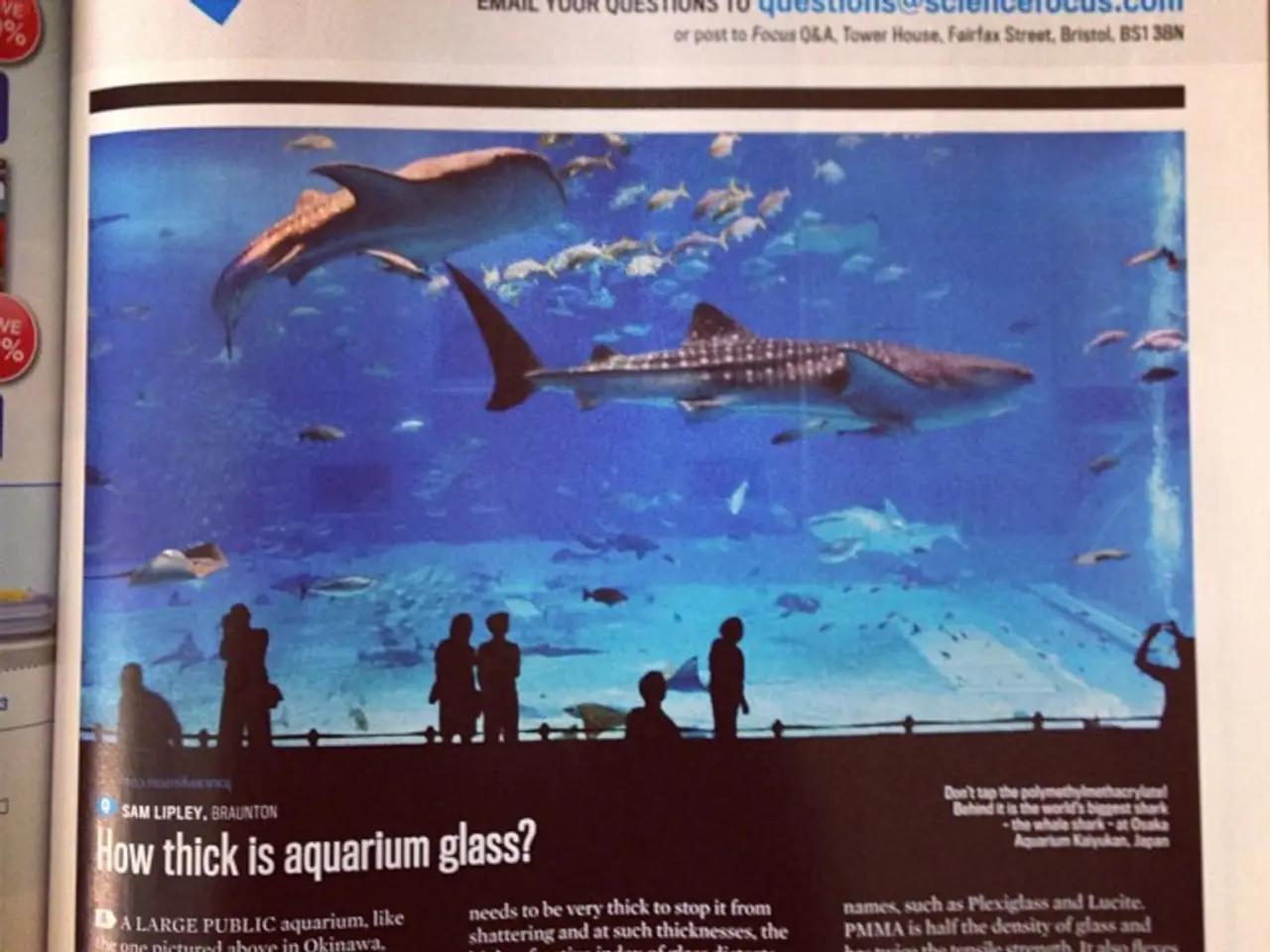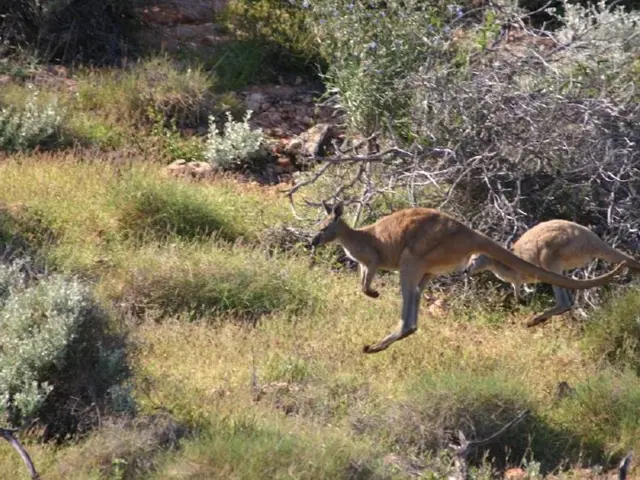Orca Sightings in Pacific Northwest Become Unpredictable as Salmon Runs Dwindle
Orca sightings in the Pacific Northwest have become increasingly unpredictable, with pods venturing further north or disappearing for longer periods. This shift is linked to changes in salmon runs due to ocean warming and disrupted river habitats. The southern resident killer whale population, numbering just 73, faces multiple threats, including dwindling prey and rising ocean noise levels.
The whales' primary food source, Chinook salmon, has significantly declined due to overfishing, habitat loss, and rising sea temperatures. This decline forces orcas to alter their routes in search of food, leading them into busier shipping lanes. Increased ambient ocean noise, up to 62% reducing their foraging efficiency, further compounds the issue. Commercial vessel traffic has surged by nearly 25% since 2019, correlating with the orcas' changed paths. Noise pollution from ship engines, military sonar, and underwater construction hinders the whales' hunting and communication abilities.
To monitor orca movements and behavior, marine researchers employ satellite tags, AI-driven acoustic mapping, drones, and hydrophone networks. These tools help track individual whales by their unique calls, providing insights into salmon population stability, water quality, habitat connectivity, and human activity impacts on the marine ecosystem.
Initiatives to reduce maritime noise and restore salmon populations are underway, but climate change remains a significant challenge. With only 73 southern resident killer whales remaining, each calf born or lost holds profound meaning for the threatened population. Protecting orca behavior is crucial for assessing the health of the marine ecosystem and informing conservation efforts in the Pacific Northwest.








